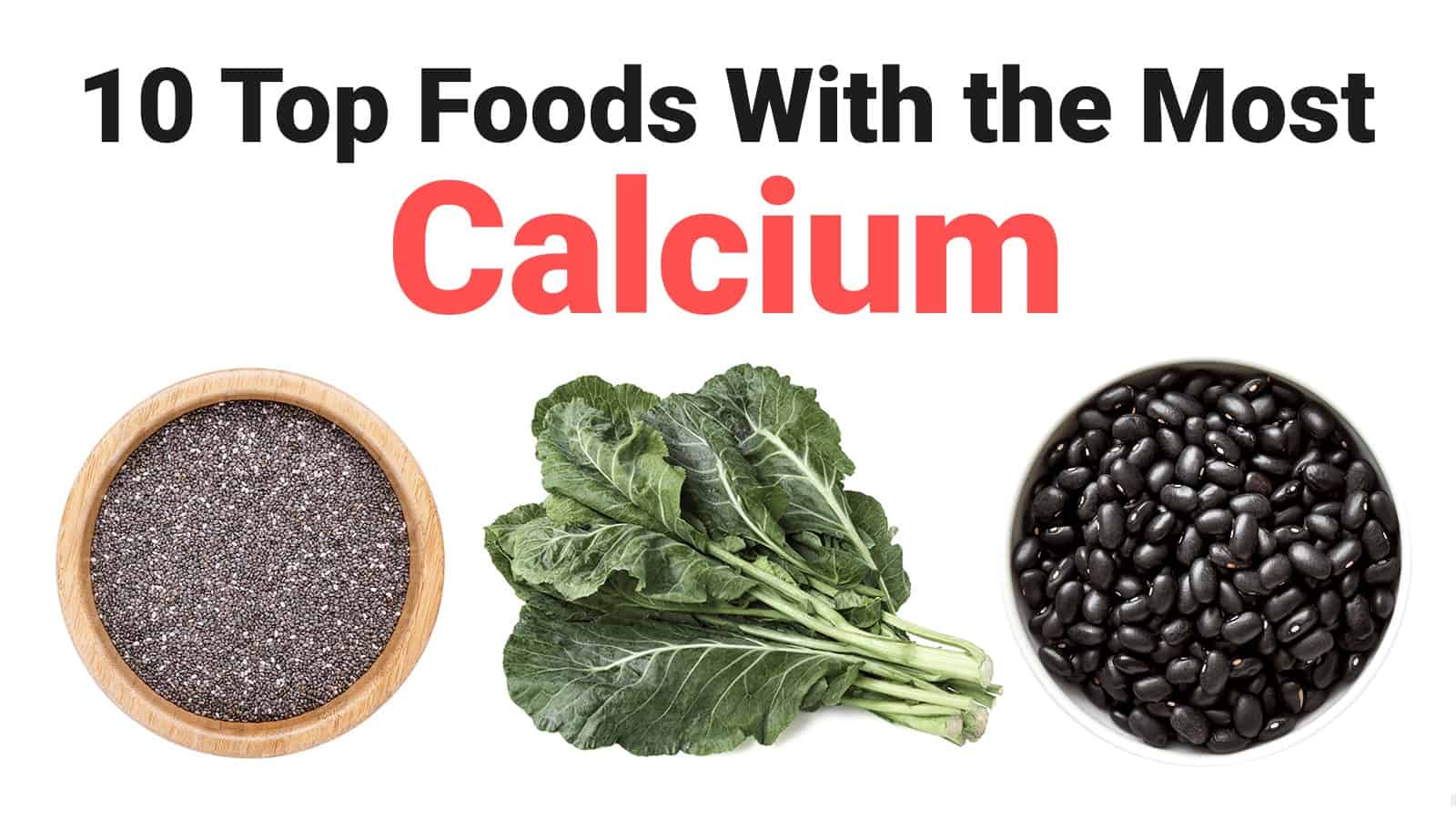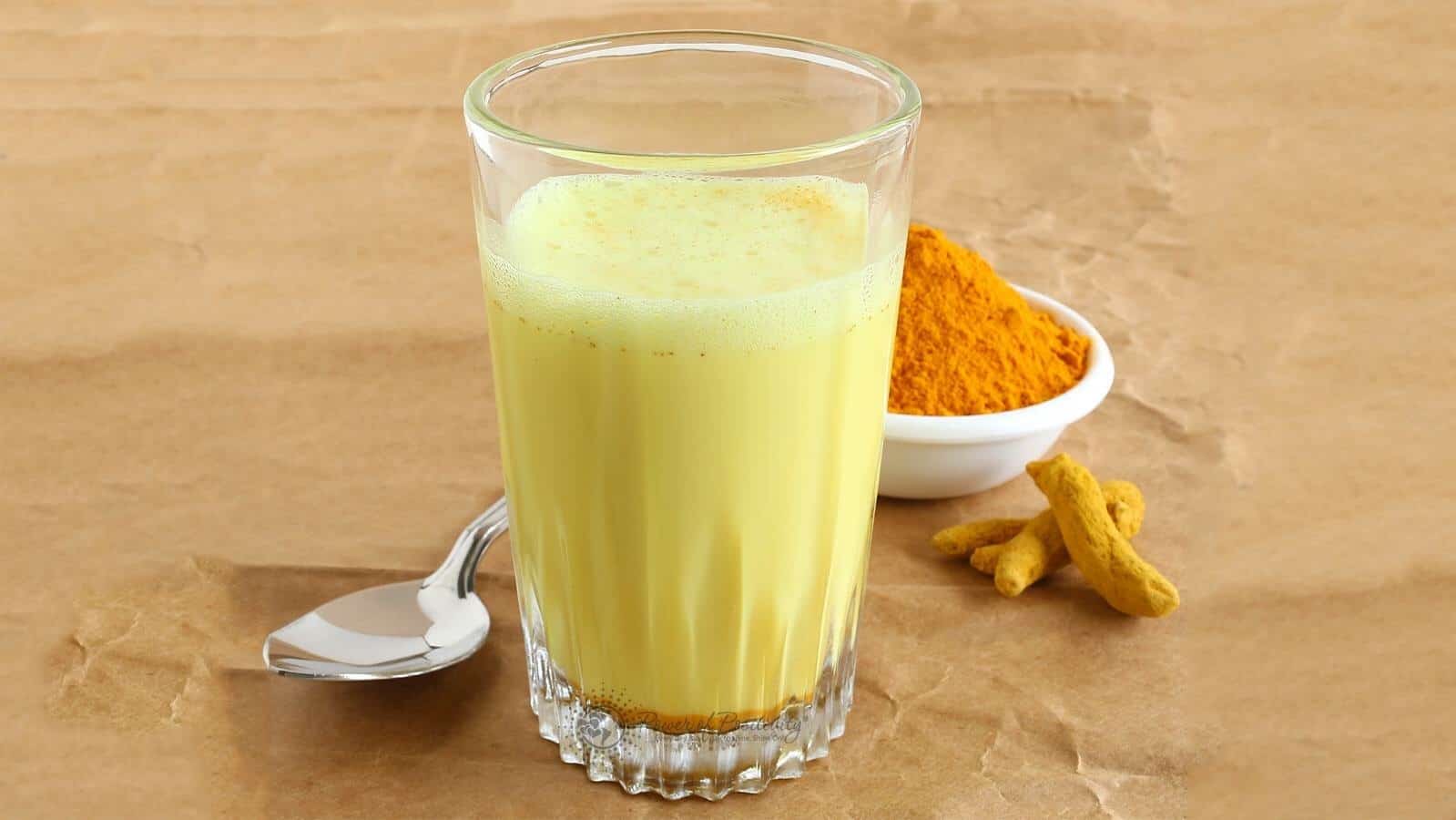What is calcium?
Calcium is our body’s most abundant mineral. Critical to bone health, calcium constitutes around two percent of our total body weight.
While calcium performs numerous functions in the body, the most important pertains to bone health. You can think of bones kind of like your calcium “checking account.” In other words, they make deposits and withdrawals of the mineral. Bones are living tissue and, while strong, are indeed living tissue and requires constant maintenance. On this note, calcium intake is the primary method of maintaining and promoting bone durability and strength.
“Your body uses 99 percent of its calcium to keep your bones and teeth strong, thereby supporting skeletal structure and function. The rest of the calcium in your body plays key roles in cell signaling, blood clotting, muscle contraction and nerve function.” – Arielle Kamps, R.D., M.S. (source)
Why do I need it and how much?
First, it is important to remember that your body absorbs calcium best when the nutrient is consumed throughout the day. Don’t scarf down two cartons of yogurt for breakfast and call it good, in other words.
In addition to providing sustenance to your bones and teeth, calcium also helps your body with:
- forming blood clots
- hormone release
- muscle contraction
- normal and steady heartbeat
- transmission of nerve signals
The recommended daily allowances (RDA) for calcium are nearly identical for both males and females. The two exceptions are between the ages of 51 and 70, and for women who are pregnant or lactating between the age ranges of 14-18* and 19-50.** Here is an RDA table for your reference:
| Age | Male | Female |
| 0-6 months | 200 mg | 200 mg |
| 7-12 months | 260 mg | 260 mg |
| 1-3 years | 700 mg | 700 mg |
| 4-8 years | 1,000 mg | 1,000 mg |
| 9-13 years | 1,300 mg | 1,300 mg |
| 14-18 years | 1,300 mg | 1,300 mg |
| 19-50 years | 1,000 mg | 1,000 mg |
| 51-70 years | 1,000 mg | 1,200 mg |
| 71-plus years | 1,200 | 1,200 mg |
* 1,300 mg
** 1,000 mg
10 Foods with the most calcium
Now that you know the roles that calcium plays in the body and how much you need, here are ten foods with the most calcium!
1. Chia Seeds
Perhaps the world’s most powerful and versatile superfood, just one ounce of these miracle seeds yields a whopping 177 mg (17% DV) of calcium. Chia seeds are also packed with protein, omega-3s, and, well, way too many nutrients to list here.
2. Collard Greens
Loaded with just about every healthy nutrient available (nearly 10 grams of protein!), collard greens are a healthy addition to your dinner plate. One cup of chopped collard greens registers 266 mg (26% DV) of calcium.
3. Bok Choy
Actually called “pok-choy,” this fleshy vegetable packs a whopping 882 mg (88% DV) of calcium per head. Think that’s impressive? The veggie also holds 378 mg of vitamin C or 630% of DV.
4. Black Beans
Black beans are one of those rare foods that come packing a ton of protein and dietary fiber (30% and 60% DV, respectively). One cup of black beans also clocks a respectable 46 mg (5% DV) of calcium.
5. Amaranth
Considered a sort-of “pseudo-cereal,” this delicious grain is high in these minerals: iron magnesium, manganese, and phosphorous. Just one cup of cooked amaranth delivers some 116 mg (12% RDI) of calcium.
6. Parmesan cheese
Pasta lovers can take a bit of solace knowing that massive heap of “parm” that you shoveled onto your plate contains some real nutritional value (oh, so that’s why you ate it right?) Calcium count: 331 mg (33% RDI) per ounce. Mama-MIA!
7. Kale
Kale is just a super healthy food, period. Nutrition Data, a database holding, well, nutrition data for just about every food, rates kale a 5 out of 5 stars for its “weight loss” and “optimum health” benefits. Anyways, just one cup of chopped kale holds 91 mg of calcium (9% RDI).
8. Tofu
Tofu is one of China’s (not Japan’s!) greatest gifts to the rest of the world. The health benefits of this bean curd are too numerous to list here. The calcium count says it all – a ½ cup of raw tofu delivers a mammoth 434 mg of calcium (43% DV).
9. Low-fat Yogurt
Any kind of yogurt is good for getting your calcium, but the low-fat variety may just be the densest. While plain yogurt averages about 30% RDI, the low-fat stuff contains around 245 grams, or 45% RDI.
10. Milk
Whether you’re a milk fan or not, there’s no leaving it off this list. Not only is cow’s milk a good source of calcium, but it is also one of the cheapest and most widely available. Besides holding an average of 314 mg of calcium (31% DV), cow’s milk also contains a respectable amount of vitamin A, vitamin D, and protein.
Other tips (eat right)
Per the Academy of Nutrition and Dietetics, there are many things we can do to help build and maintain strong bones and muscles. Here are the big ones:
- Ask your doctor about a bone density test if you are over 50.
- Avoid excessive alcohol intake
- Avoid second-hand cigarette smoke
- Closely examine food labels for claiming to be high in calcium
- Perform some form of weight training every day. Extension and contraction of muscles is key to healthy bones.
- Quit smoking
- Supplement vitamin D, which helps with the absorption of calcium
https://www.youtube.com/watch?v=yG-G9_LOkLA


















